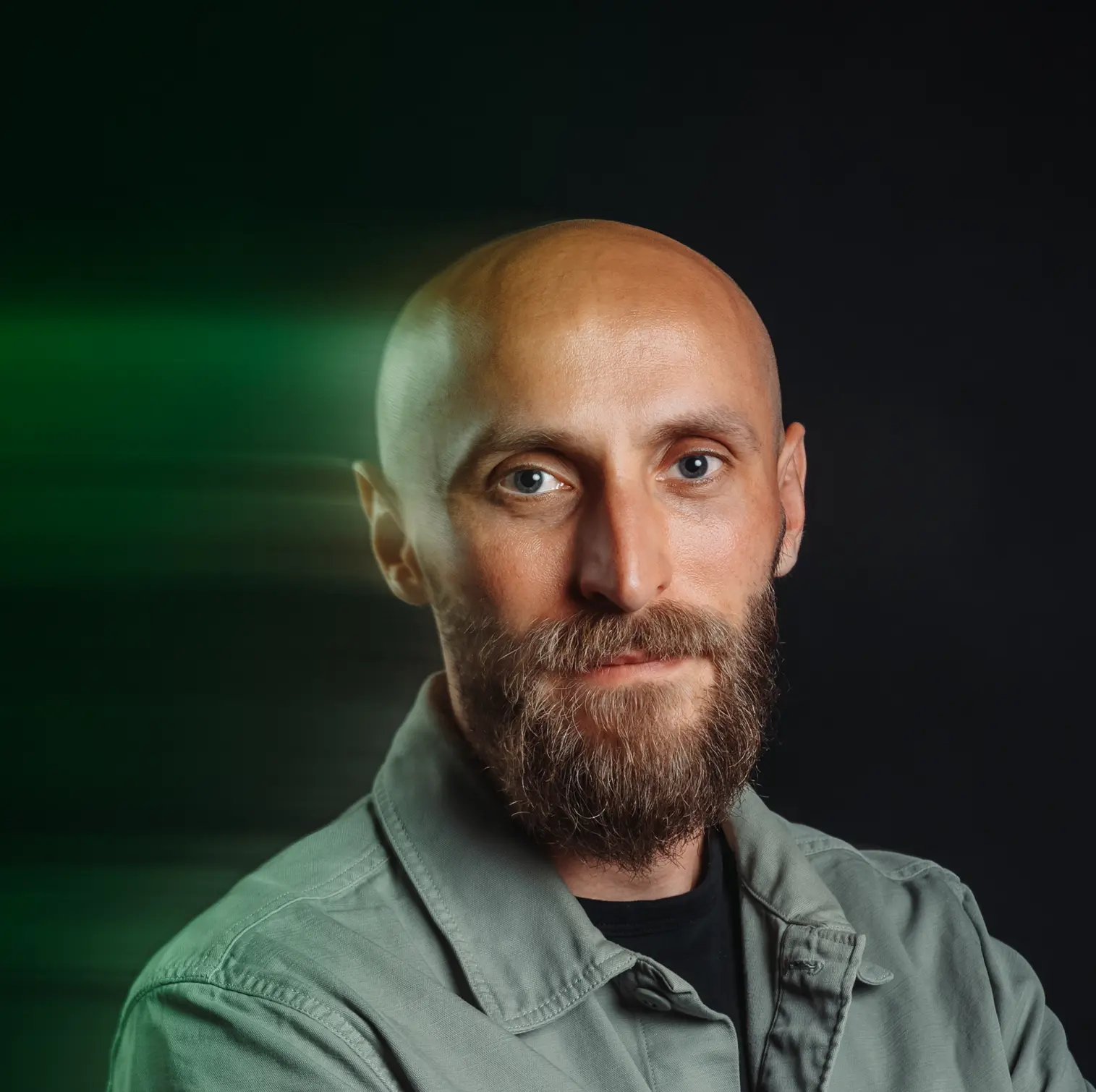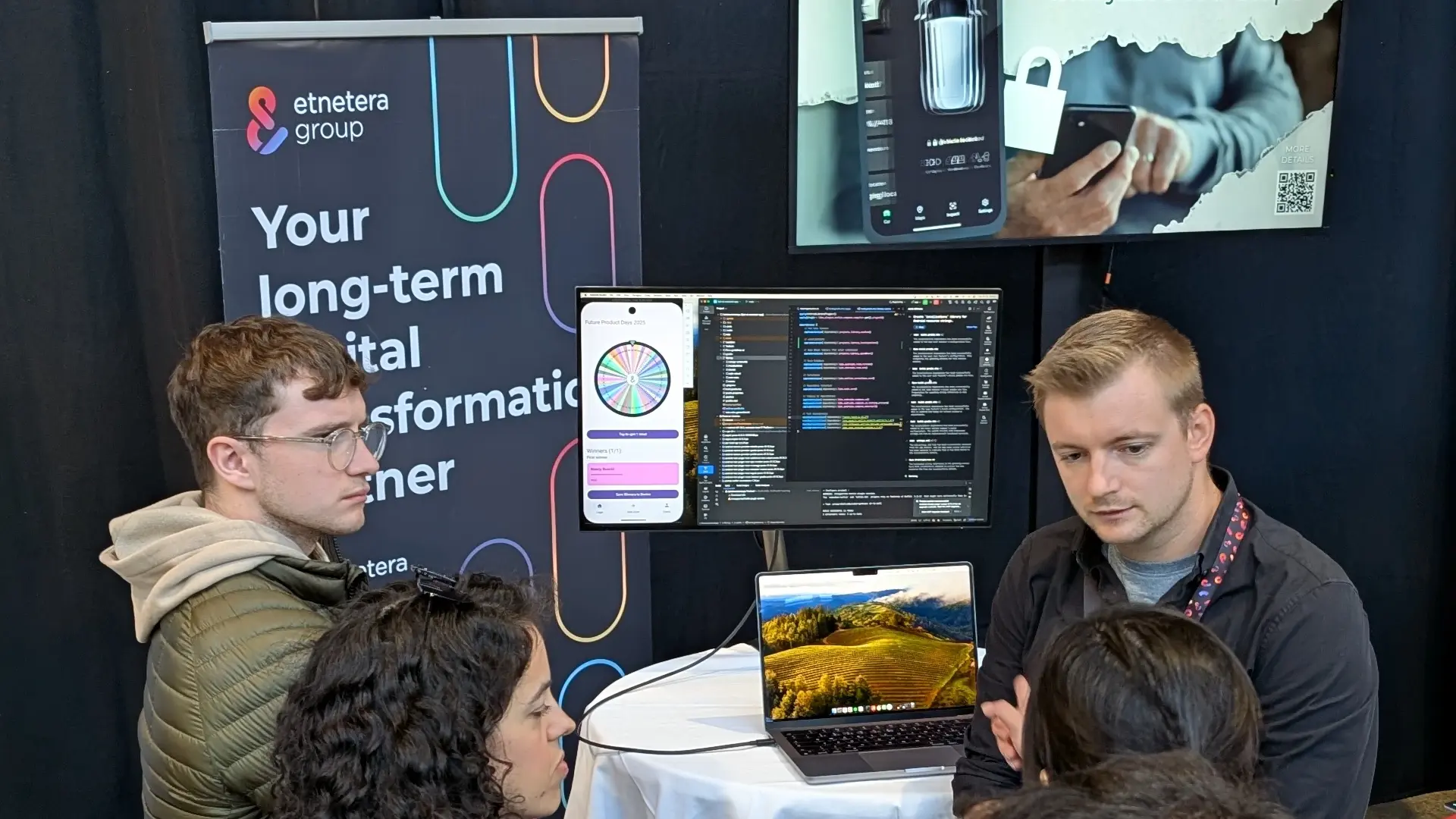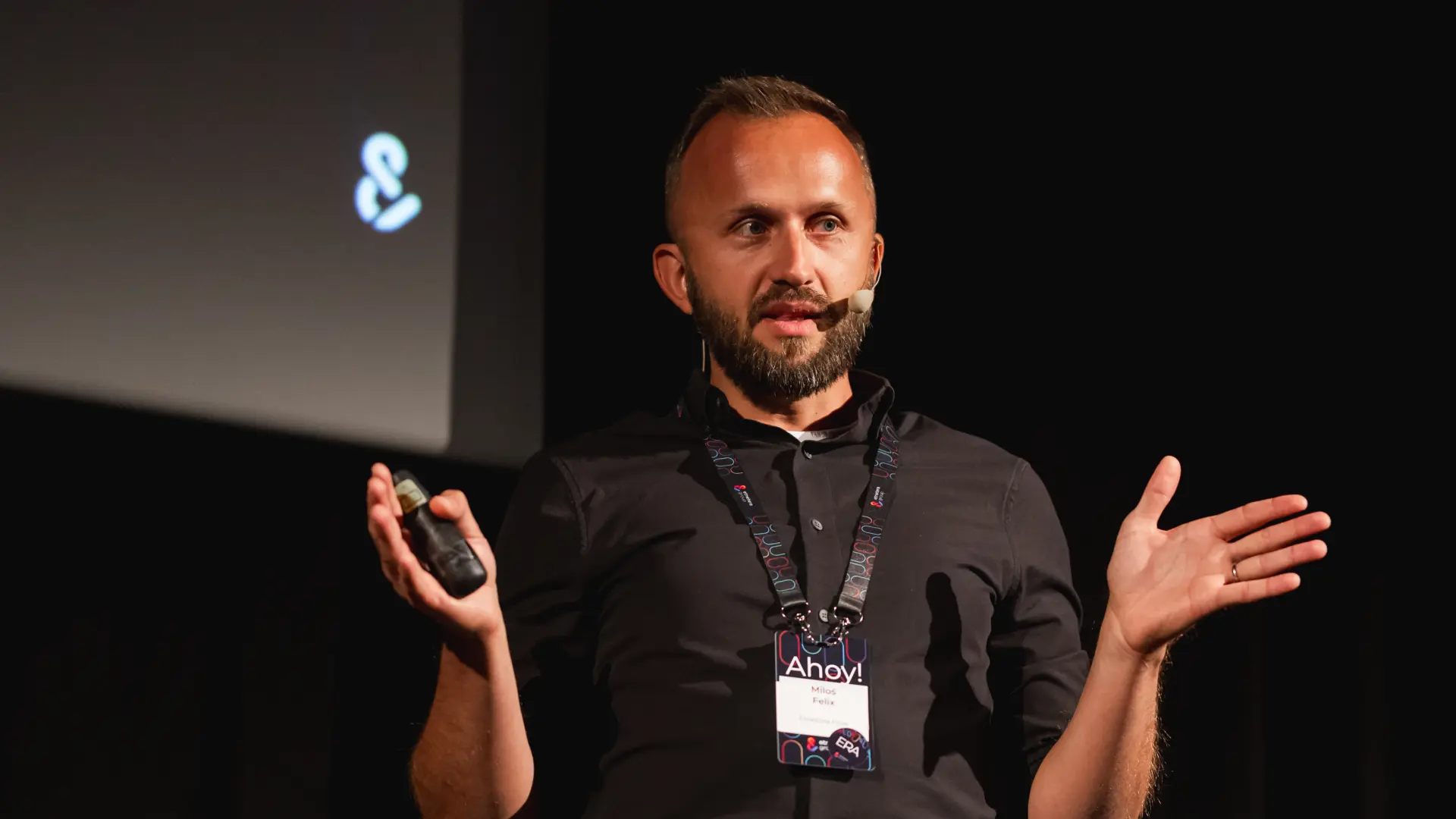I guess you and your team have already experienced some retrospective events. If you want to take your collaboration to the next level, try creating a shared mental model of how your team works. In the following article, I will outline a comprehensive guide on how to prepare and execute a workshop aimed at creating this model.
Step 1: Explain what a mental model is
What is a mental model? Mental model theory is based on research in the fields of cognitive science, social psychology and anthropology. According to this theory, people perceive reality (external perceptions) through internal cognitive "mental models" (you can read more about it here). But if you say this at the beginning of the workshop, it will not be enough to understand what mental models are.
Let them experience it
If you just explain what a mental model is to the people on your team, it won't have the same effect as letting them experience it. The “Draw How to Make a Toast” exercise is excellent for this purpose (drawtoast.com).

The activity starts simply - ask everyone to draw a picture of how to make a toast. Give them three minutes, that's all they need. Then have everyone show what they have drawn at the same time and give them an opportunity to discuss how the models differ.
Then explain to the team in your own words what mental models are. I recommend watching the eight-minute video to add more information, TED Talk by Tom Wujec, where he describes:
- what mental models are
- the course of the “Draw how to make a toast” exercise
- how the model begins to change when people begin to piece together their individual models into one common model
Step 2: Map individual mental models

Why would we want to map the team process at all?
- Everyone on the team has an idea of the steps that make up a successful collaboration. But only few realise that their idea is different from those of their colleagues.
- At the same time, teamwork works better the closer the mental model is to reality and the more similar the individual mental models of the team members are to each other (you can read about it here).
As the second step, you will map the mental models of the team process of each team member, so that we can then put them together to make a common one. Therefore, ask everyone to describe on sticky notes what processes they think your team's work consists of. I recommend emphasising at this step that you don't want to test anyone on how well they know the process. You should only need 15 minutes for this part.
Step 3: Create a common mental model

From the previous step, each team member has a stack of sticky notes in front of them - the steps that make up the team process. Ask the team to assemble the individual notes into one common model. This part is more complicated and it will take some time for the team to agree on how to proceed. I recommend leaving it to them.
You will need at least 30 minutes to assemble the common model. The result doesn't have to be perfect, but it should be simple enough and without unnecessary duplication. You can then digitize the model as we did in Miro. This will make it easier for you to continue working with the model, for which you no longer need to meet in person.
Step 4: Assign roles to each step
How to continue working with the model? We revisited the model after 2 weeks to add the roles responsible for each process. We mainly wanted to clarify the beginning of our team process, where the production manager, analyst and designer collaborate a lot.
Conclusion
The common mental model is not intended to serve as an exact prescription for how a team should function. But it should help mutual understanding and eliminate the friction spots in the team. The model can also serve as a vision of the successful collaboration the team wants to work towards.
Any agile process involves endless work on improvement. Thus, the mental model will evolve along with it. This can be influenced, for example, by the arrival of a new team member. So don't be afraid to re-map your process after some time.
Together with my colleagues from Direct pojišt'ovna we worked up a good sweat, but at the same time had a good laugh and had the opportunity to get to know each other a bit more. When you want to get your team more connected, try drawing a toast. Or map the entire team process.







.webp)

.webp)




.jpg)
.jpg)
.png)
.avif)

.avif)



























